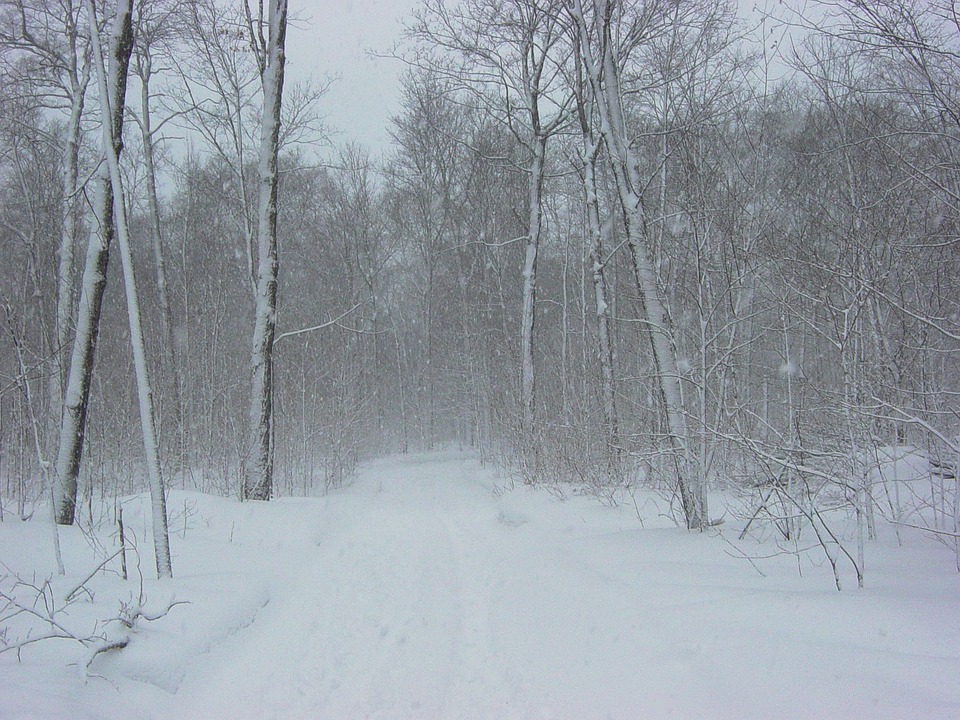What Is The Climate Of Utah?
Utah’s climate is complex and varied, ranging from the high desert of the Great Basin to the more humid climate of the Wasatch Front. The climate of Utah can be divided into four distinct zones: the Great Basin, the Colorado Plateau, the Wasatch Front, and the Uinta Mountains.
Great Basin
The Great Basin is located in the western portion of Utah and is characterized by a semi-arid climate. Winters in this region are cold and dry, with temperatures rarely reaching above freezing. Summers are hot and dry, with temperatures often reaching over 100 degrees Fahrenheit. This region receives very little rainfall, with an average of less than 10 inches per year.
Colorado Plateau
The Colorado Plateau is located in the southeastern portion of Utah and is characterized by a semi-arid climate. Winters in this region are cold and dry, with temperatures rarely reaching above freezing. Summers are hot and dry, with temperatures often reaching above 100 degrees Fahrenheit. This region receives very little rainfall, with an average of less than 10 inches per year.
Wasatch Front
The Wasatch Front is located in the northern portion of Utah and is characterized by a humid continental climate. Winters in this region are cold and wet, with temperatures rarely dropping below freezing. Summers are hot and humid, with temperatures often reaching over 90 degrees Fahrenheit. This region receives moderate amounts of rainfall, with an average of between 10 and 15 inches per year.
Uinta Mountains
The Uinta Mountains are located in the northeastern portion of Utah and are characterized by a sub-alpine climate. Winters in this region are cold and wet, with temperatures rarely dropping below freezing. Summers are cool and wet, with temperatures rarely reaching above 80 degrees Fahrenheit. This region receives moderate amounts of rainfall, with an average of between 10 and 15 inches per year.
Overall, Utah’s climate is diverse and complex. Depending on the region, temperatures can range from cold and dry to hot and humid. Rainfall also varies significantly, ranging from almost nothing in the Great Basin to moderate amounts in the Wasatch Front and Uinta Mountains.

Kyle Whyte is a notable scholar and professor at the University of Michigan, holding positions such as the George Willis Pack Professor in the School for Environment and Sustainability and Professor of Philosophy. Specializing in environmental justice, his work critically examines climate policy and Indigenous peoples’ ethics, emphasizing the nexus between cooperative scientific endeavors and Indigenous justice. As an enrolled Citizen Potawatomi Nation member, he brings a vital perspective to his roles as a U.S. Science Envoy and member of the White House Environmental Justice Advisory Council. His influential research is supported by various prestigious organizations including the National Science Foundation, and disseminated through publications in high-impact journals. Kyle actively contributes to global Indigenous research methodologies and education, with affiliations to numerous institutes and societies dedicated to traditional knowledge and sustainability. Recognized for his academic and community engagement, Kyle has earned multiple awards and served in various visiting professorships. His efforts extend to leadership positions on boards and committees focused on environmental justice nationwide.
